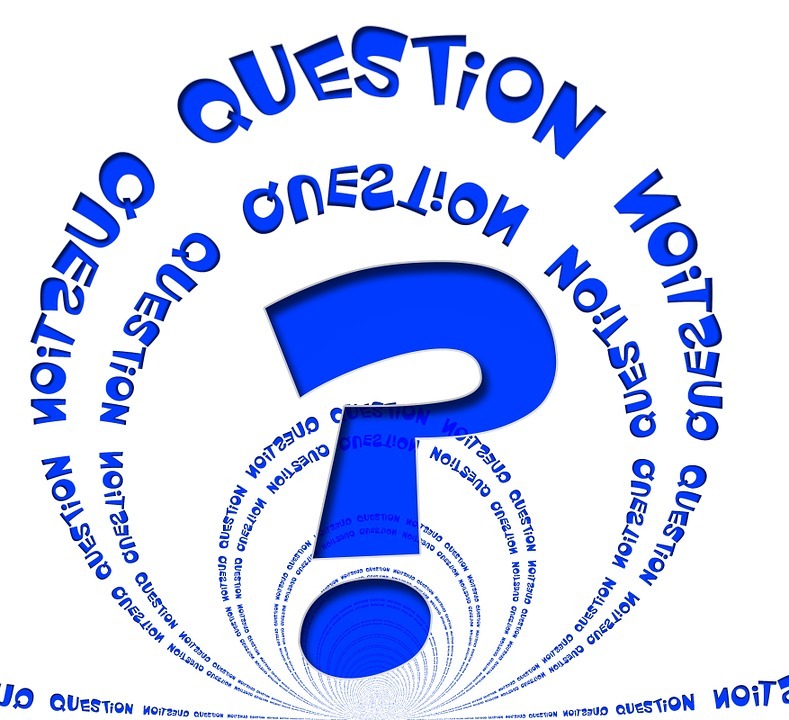Dyslexia is a type of learning disorder that can affect many aspects of someone’s life including reading, memorizing, math, writing, and speaking. It should be stated that any person can be affected by this condition. Dyslexia will mainly affect people in three ways: a person’s auditory skills or the ability to listen, difficulty with motor skills, or problems with visual processing. People may have combinations of all of these with varying degrees of severity. If your child is experiencing dyslexia, considering looking for a school for dyslexia. Consider this example school if you would like to learn more.
Types of dyslexia
Dyslexia can be classified as either primary dyslexia, acquired dyslexia, or visual dyslexia. These are the various subgroups of dyslexia that someone may be diagnosed with. The main types of dyslexia are primary dyslexia, secondary dyslexia, visual dyslexia, traumatic dyslexia, surface dyslexia, and phonological dyslexia.
Primary dyslexia is diagnosed in people that had a parent or another family member with dyslexia. Someone who has this type may have problems with numbers, the alphabet, or sounds. Secondary dyslexia does not result from a genetic association but instead may occur as a result of some illness or by hindered development while in the womb. Secondary dyslexia is more likely to improve with treatment compared to other types.
Visual dyslexia is unique because anyone with it will have difficulty seeing words and will not be able to remember what is written on the page. This type of dyslexia results from a disconnect in how the brain processes what it sees. On the other hand, traumatic dyslexia is the result of an injury to the brain from trauma. This type of dyslexia will result in difficulties with the ability to understand and process language.
Surface dyslexia should also be discussed as it can affect a person’s ability to read and understand words. Anyone with this type of dyslexia will have a difficult time seeing the entire word. What does not help surface dyslexia is that in the English language, some words are not spelled the way they are pronounced. This brings us to phonological dyslexia. A person with this type of dyslexia can pronounce the word but will have difficulty pronouncing the sounds of each letter in the word.
How to know if you are dyslexic
It is possible for someone not to be diagnosed with dyslexia until adulthood. For some people, it is diagnosed when they start school, and for many, it can be as young as the preschool years when the symptoms begin to show. However, it is easier to spot if someone has dyslexia when the child is in elementary school. People with dyslexia symptoms may experience:
- Difficulty reading letters
- Inability to pronounce words
- Slow reading and comprehension
- Numbers or letters appearing to be written backward or switched
- Inability to understand letter sounds
- Difficulty writing or messy handwriting
- Problems with math
- Difficulty memorizing
- Inability to associate rhyming words
- Inability to remember names of words
- Problems with managing time
This is only a short list of the signs of dyslexia, and the way the condition will show itself in everyday life will vary from person to person.
How is dyslexia diagnosed?
There is no single test that can be taken to diagnose this condition. A child or adult will need to be evaluated, and the evaluations are conducted by professionals. Information may be gathered from a speech-language pathologist, child psychologist, physician, hearing specialist, or reading expert. Some of the tests for diagnosis include neurological tests, questionnaires, vision tests, developmental evaluations, and psychological tests.
Can dyslexia be cured?
There is treatment available for dyslexia, but it cannot be cured in the way a headache may be cured with medication. There is no known medication to treat dyslexia. Some forms of dyslexia will respond better to treatment than other types. Early diagnosis can lead to early treatment to help children in school. Improving the difficulties associated with learning may be improved by customized educational programs, speech therapy, reading programs, the use of assistive technology, and mnemonic associations. Since it is a complex condition, there is no one-size-fits-all solution for people with dyslexia. The educational program will need to be tailored to the individual.
Please include attribution to WPS Publish with this graphic.


